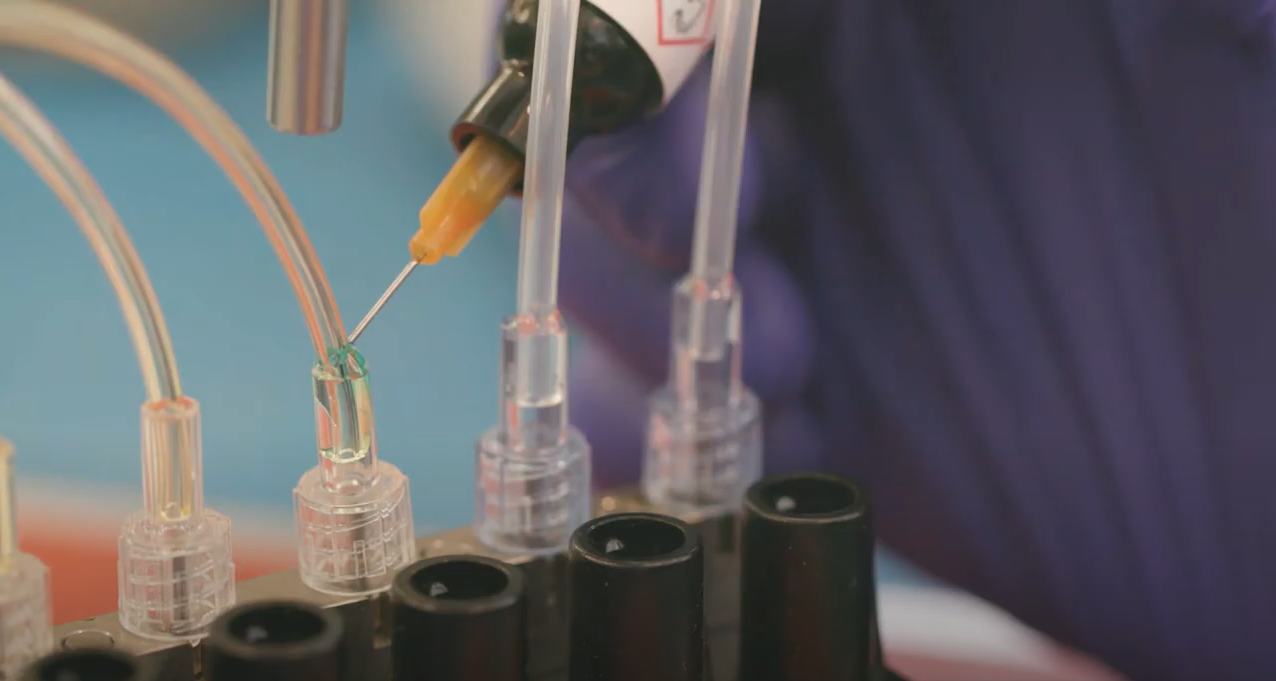组装医疗设备
在过去十年中,医疗设备变得越来越复杂,制造商因此更加注重质量,以消除生产故障、缺陷和现场故障。在组装医疗设备时,您希望能够获得一致的质量结果,因为生命可能受到威胁。从机械粘合到化学粘接,有多种组装技术可用于连接塑料部件。
以下是 4 个最佳医疗器械胶粘剂技术:
机械紧固件螺栓组件和铆钉等需要在基板上打孔(薄弱点)。紧固件不适用于小型精密组件。它们只能用于更大、更重的塑料组件,这些组件可以承受插入点处发生的应变和高应力。
超声波焊接也称为粘接,需要加热每个塑料基材,然后通过施加压力将熔化的边缘固定在一起,直到塑料冷却时两个部件融合成一个。该过程是可行的,但由于粘合间隙差异,组装中仍存在间隙。
溶剂焊接是一个类似的过程。它涉及用溶剂涂层塑料部件,然后将它们压在一起,直到溶剂蒸发并且部件熔合。然而,这个过程伴随着塑料基材应力开裂的高风险。此外,溶剂排放可能非常危险。
粘合剂还可以粘接塑料在一起,同时提供比其他粘接工艺更明显的优势。虽然它们需要设置和固化时间, 粘合剂粘接比其他方法更高效、更简单。如需了解更多信息,请查看此信息图。
需要帮助决定哪种技术最适合您的应用?我们的应用工程师很乐意为您提供免费咨询。


